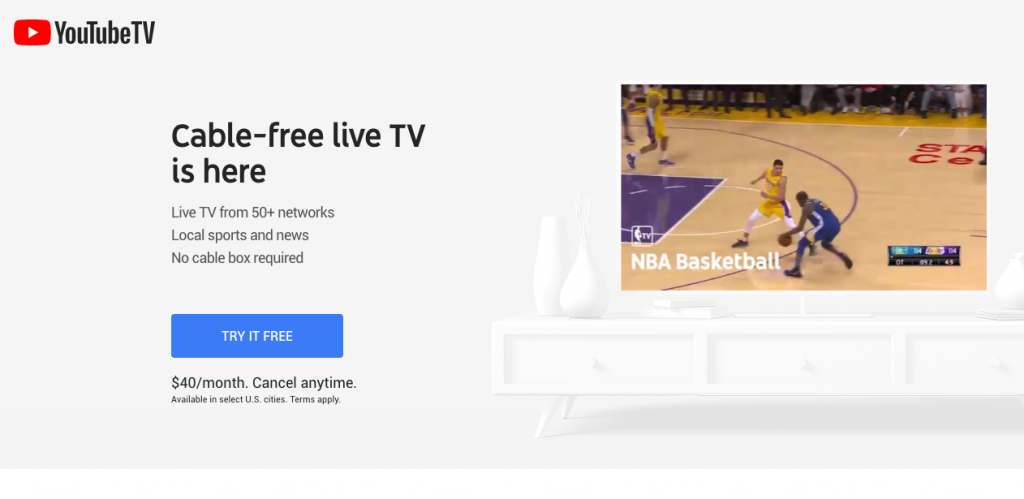 Google is rolling out a number of new features aimed squarely at the TV advertising market. In a blog post, Debbie Weinstein, Managing Director for Global Video Solutions at YouTube, said that the TV screen is now YouTube’s fastest growing screen, with over 150 million hours of watch time per day. Weinstein said the new products were squarely aimed at reaching chord-cutters, citing Nielsen data that found that more than half of 18- to 49-year-olds in the U.S. are either light viewers of TV or do not subscribe to TV.
Google is rolling out a number of new features aimed squarely at the TV advertising market. In a blog post, Debbie Weinstein, Managing Director for Global Video Solutions at YouTube, said that the TV screen is now YouTube’s fastest growing screen, with over 150 million hours of watch time per day. Weinstein said the new products were squarely aimed at reaching chord-cutters, citing Nielsen data that found that more than half of 18- to 49-year-olds in the U.S. are either light viewers of TV or do not subscribe to TV.Weinstein noted how viewers react positively to ads on the TV screen – based on Ipsos Lab Experiments, YouTube ads shown on TV drove a significant lift in ad recall and purchase intent, with an average lift of 47 percent and 35 percent respectively.

YouTube TV, Google’s subscription-based OTT service that was launched last year, will also now become part of Google Preferred. Weinstein said YouTube TV “continues to gain momentum” and that YouTube recently added new networks to the service, with expanded availability to over 85 percent of U.S. households in nearly 100 TV markets. For the first time, advertisers will be able to access full length TV inventory in Google Preferred.
Content from some cable networks in the US will be part of Google Preferred lineups so that brands can continue to engage their audience across all platforms. This means advertisers will be able to get both the most popular YouTube content and traditional TV content in a single campaign – plus, we’ll dynamically insert these ads, giving advertisers the ability to show “relevant ads to the right audiences”, rather than just showing everyone the same ad as they might on traditional TV.




